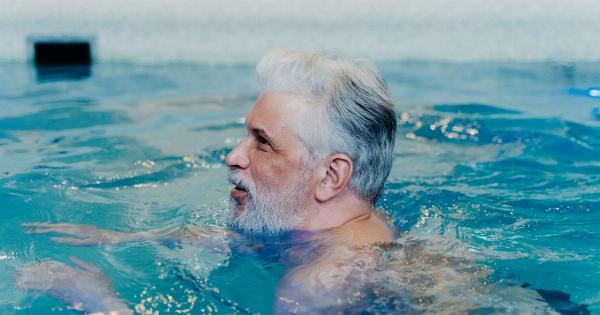Exercise is essential for everyone, but it is even more crucial for those with diabetes. Regular exercise helps manage blood sugar levels, improves insulin sensitivity, and reduces the risk of complications such as heart disease and neuropathy.
However, some exercises can be too intense or inappropriate for people with Diabetes. In this article, we will discuss exercises you should avoid and the right ones to choose.
Avoid High-Impact Exercises
High-impact exercises can put excessive pressure on your feet and joints, leading to pain and injuries. Thus, if you have diabetes, you must avoid such exercises. Examples of high-impact exercises include:.
1. Running
Running is an intense cardiovascular exercise that involves repetitive pounding on your feet, which can lead to injuries such as plantar fasciitis, stress fractures, and shin splints.
Furthermore, running can cause blood sugar levels to drop suddenly, posing problems for diabetics who need to monitor their glucose levels.
2. Jumping Jacks
Jumping jacks require a lot of jumping and bouncing, and they can be harmful to your joints, especially if you perform them on a hard surface.
Additionally, the risk of losing balance and falling is higher when performing jumping jacks, which can be dangerous for people with neuropathy.
3. High-Intensity Intervals
Exercises that involve frequent high-intensity intervals such as Tabata workouts or HIIT can be dangerous for people who have diabetes, as they can cause sudden spikes and drops in blood sugar levels.
It is essential to monitor your glucose levels before, during, and after performing such exercises to avoid complications.
Avoid Exercises That Involve Heavy Lifting
Strength training exercises such as weightlifting or resistance training can be beneficial for people with diabetes, as they improve muscle strength and help control blood glucose levels.
However, you should avoid exercises that involve heavy lifting as they can increase your blood pressure and cause other complications such as a hernia, especially if you have retinopathy.
1. Deadlifts
Deadlifts are an intense exercise that requires lifting heavy weights off the floor. Deadlifts can cause hernias, lower back strains, and other injuries, especially if you have diabetes.
Furthermore, lifting heavy weights can cause a sudden increase in blood pressure, which can be dangerous for those with diabetes.
2. Squats with Weights
Squats with weights are another exercise to avoid if you have diabetes, especially if you have retinopathy. Squats can increase blood pressure and cause eye bleeding in those with retinopathy, leading to blindness.
To reduce the risk of such complications, perform squats without weights or use a resistance band instead.
Choose Low-Impact Exercises
Low-impact exercises are ideal for people with diabetes as they put less stress on your joints and are less likely to cause injuries.
Low-impact exercises are also beneficial for those with neuropathy and poor circulation as they improve blood flow to the feet and legs. Examples of low-impact exercises include:.
1. Walking
Walking is a low-impact exercise that is ideal for people with diabetes. It helps regulate blood sugar, improves circulation, and reduces the risk of developing complications such as heart disease and neuropathy.
Furthermore, walking can be easily adjusted to your fitness level, making it an ideal exercise for beginners.
2. Swimming
Swimming is an excellent low-impact exercise that works your entire body. It is an ideal exercise for people with diabetes who need to avoid high-impact exercises but still want to get an intense workout.
Swimming also improves flexibility, reduces stress, and improves cardiovascular health.
3. Yoga
Yoga is a low-impact exercise that combines physical postures, breathing techniques, and meditation. It is an ideal exercise for people with diabetes, as it reduces stress, improves flexibility, and helps you stay in tune with your body.
Furthermore, certain yoga poses can help regulate blood sugar levels and improve circulation.
Conclusion
Choosing the right exercises is essential for people with diabetes. You must avoid high-impact exercises that can damage your joints and cause sudden spikes or drops in blood sugar levels.
Instead, choose low-impact exercises such as walking, swimming, or yoga to improve your overall health and reduce the risk of complications. Remember to monitor your blood sugar levels before, during, and after exercising, and talk to your doctor before starting any new exercise routine.





























